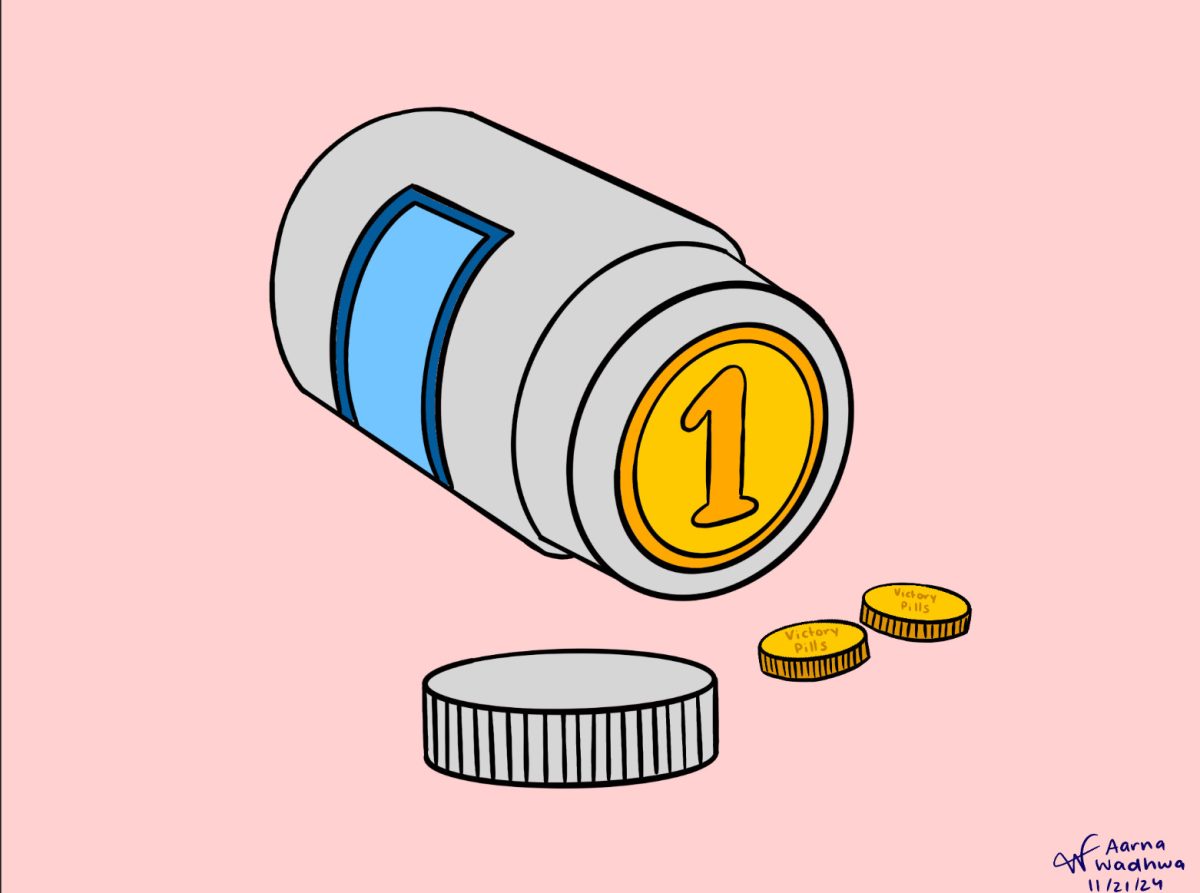You are in the Major Baseball League (MLB); this season, your performance has been nothing short of phenomenal—your setting personal records, dominating your competition, and edging closer to winning the World Series. But deep down, you know there’s a limit to how much physical strain you can handle. The fatigue gets worse, the therapy gets harder, and recovery gets irksome. You’ve been hearing whispers about others using steroids longer not just to cheat, but to enhance recovery, prevent injury, and extend their careers!
What if certain kinds of steroids weren’t the forbidden fruit they’ve been made out to be? What if particular versions were instead allowed under strict regulation? Instead of shutting down careers left and right due to steroid usage, we could integrate them into the athletic world, ensuring safe use while protecting the integrity of competition. They should be used responsibly and transparently. This isn’t about creating superhuman athletes; it’s about recognizing the reality of sports and the physical implications they have on athletes today. We can easily find a way forward that keeps athletes safe, fair and competitive.
Professional sports today are pushing the boundaries of human ability. Athletes have to hone their skills, master their game, and improve their physique. With all this stress on the athlete’s body, many athletes get injured. Steroids, while controversial, can be used as another tool in the athlete’s arsenal. In fact, advancements in sports medicine have blurred the line between natural and enhanced performance. For example, supplements such as creatine and beta-alanine have been deemed legal although they are known to have performance-enhancing effects on athletes. For example, creatine-monohydrate enhances power output as well as muscle mass. Athletes are already using an array of substances to recover faster and train harder. Anti-inflammatory drugs, supplements, and legal performance enhancers are commonplace in the modern sporting landscape. Steroids could be safely integrated into this landscape of supplements and medicine—with careful regulation of course—ensuring that athletes can enhance their performance, and recover faster without taking reckless risks.
Regulating steroids in professional sports offers a middle ground between prohibition and unchecked use. A regulatory body in sports could establish guidelines that control the types of steroids allowed, appropriate dosages, and mandatory health checkups for athletes. This approach ensures that athletes are not left to make uninformed or dangerous decisions. By monitoring the dosages and types of steroids that athletes can use, organizations and teams could minimize the complementary health risks that come with the unregulated use of steroids. Currently, athletes using steroids secretly often take unregulated products that can cause long-term damage. A regulated environment could remove this element of risk, allowing for safe use while protecting athletes from counterfeit or harmful products.
Glucocorticoid steroids like prednisone, “help speed recovery in muscle injuries” according to a study from Northwestern University. In a study done on mice, these steroids only assisted the mice when recovering from a leg injury. In addition, these studies would alleviate the worry about abusing them as they have adverse effects when taken too often. Just like any supplement or even medicine, the overuse of these recovery steroids will result in adverse side effects.
Education about using recovery steroids would also play a key role in this regulation. Athletes could be required to attend quarterly seminars to stay informed about the potential risks and benefits of steroid use, which ensures that anyone who uses steroids would be doing so with full knowledge of the consequences.
The next main argument about steroids is that they create an unfair advantage. However, professional sports are already marred with inequalities. Athletes from wealthier teams are equipped with the best of training facilities, nutritionists, and medical care. Additionally, many scandals in the sporting world have circulated with talks of bribes and game-fixing. Steroid use in a controlled setting could level the playing field for teams that do not have such advantages. Teams that are in debt, or have poor training facilities can be allowed a certain amount of steroids, while teams that are equipped with the best of training facilities can have a stricter limit on steroids to ensure equality.
While steroids should be allowed, they shouldn’t by any means be encouraged. Sports organizations should make it clear that using steroids is a personal choice, much like decisions surrounding diet, training routines, or mental health care. Encouraging steroid use could create an unhealthy culture where athletes may feel pressured to use them to stay competitive. This is why education and regulation are key. Regulated steroid use could also allow sports to avoid the dangerous cycle of bans, scandal, and outrage: with athletes being given the option to use steroids within legal limits, there would be less incentive to cheat or evade the system. This regulated and loosened approach shifts the focus back to athletic performance while reducing the black-market activity of illegal steroids, making sports safer for everyone involved.
Allowing certain steroids in professional sports with strict regulation and proper education can foster a balanced environment that respects both athletes’ health and the integrity of the competition. By offering athletes a safe, controlled environment to explore performance enhancements, we can reduce health risks, level the playing field, and address preexisting inequalities in modern sports. Professional sports are constantly changing and it’s time that our stance on steroids evolves with it. While steroids should never be encouraged, they can be safely integrated into the sporting world with proper regulation, ensuring that athletes can reach their full potential without ruining the competitive spirit or their health.






































